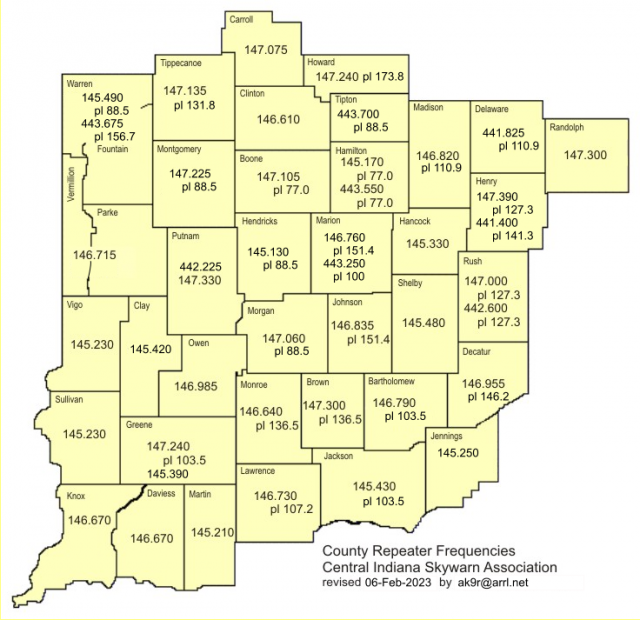Real-time reports are critical in issuing warnings and saving lives. That’s an indisputable fact. Spotters provide real-time ground-truth of local conditions, such as hail size, wind speed, tornado development, and local damage, to help warn the public. Even as new technology allows the National Weather Service to issue warnings with greater lead time, spotters will always serve as a critical link between radar indications of severe weather and what’s happening on the ground.
Who are spotters?
Virtually every community has some form of spotter network. Often, local fire and police personnel are trained to observe and report severe weather, partly due to their extensive radio communication and 24-hour operations. Citizens may also be an active part of the spotter network, some with an avid interest in the weather and many without. Some spotters are amateur radio operators. All share a sense of responsibility to their neighbors.
What is Skywarn?
SKYWARN is a program sponsored by the National Weather Service. The program is made up of thousands of volunteers who attend regular training and then scan the skies of their communities identifying and reporting critical storm information. These volunteers, sometimes organized under the SKYWARN banner in the U.S., are typically trained by NWS forecasters to be the eyes and ears of both the warning forecasters and the local public safety networks.
(Dates are Below. )
|
Frequently Asked Questions about Spotter Training Sessions |
|
Below is a listing of upcoming severe weather spotter training sessions. If you cannot see the calendar below, please use this link and then choose "Agenda" view (in the upper right of the page).
We appreciate reports of all types of severe weather and winter weather reports. It is important to include a specific location and time of occurrence for the event you're reporting. Reports can be made via form, email, and social media. Please click the link below to learn more information.
Amateur Radio Operators (HAMS) have been a partner with the NWS for decades. Central Indiana Skywarn provides vital information to NWS Indy, relaying critical real-time severe weather reports. Below is an example map of frequencies used by Central Indiana Skywarn. Please visit their site for the latest version and for more information about the group.

|
Who are Storm Spotters? Real-time reports are critical in issuing warnings and saving lives. That’s an indisputable fact. Spotters provide this real-time ground-truth of local conditions - such as hail size, wind speed, storm structure, tornado development, and local damage - to help warn the public. Even as new technology allows the National Weather Service (NWS) to issue warnings with more lead time, spotters will always serve as a key link between radar indications of severe weather and what’s happening on the ground.
What is Skywarn? Do spotters “chase” storms?
Do spotters need special tools or equipment? How do I become a community storm spotter? Although the NWS often provides training, spotter groups in most areas are organized by emergency management officials or the police or fire department. If you are interested in becoming a spotter, check with these agencies to find out who serves as spotters in your area. How do I become a spotter in central Indiana? Please attend a spotter training class. After attending, you can register with us using this form. Is there an age requirement for attending a class or becoming a spotter? Short answer: not really. People of all ages attend spotter training classes. Those ages 10 and up are likely to get the most from the class. Youth who are interested in registering as spotters with the NWS Indianapolis are registered along with an adult in the same household. What training is required? When will a class be offered in my community? Can I attend a class in another area? How often should I retrain? Can I take spotter training online instead of attending a class? I don't want to be a spotter. Can I attend a class anyway? Can I schedule a spotter training class for my group? What do spotters report? (Thanks to WFO Office Quad Cities for the FAQ) |